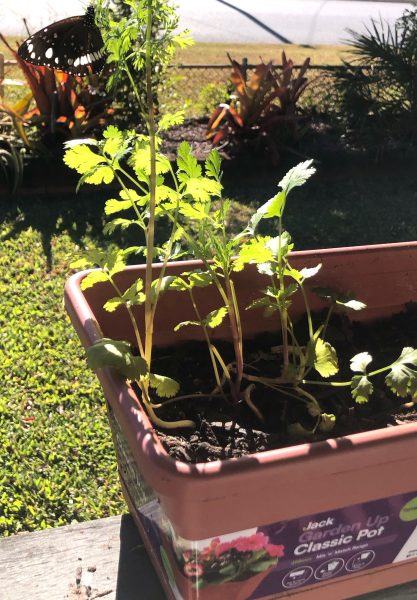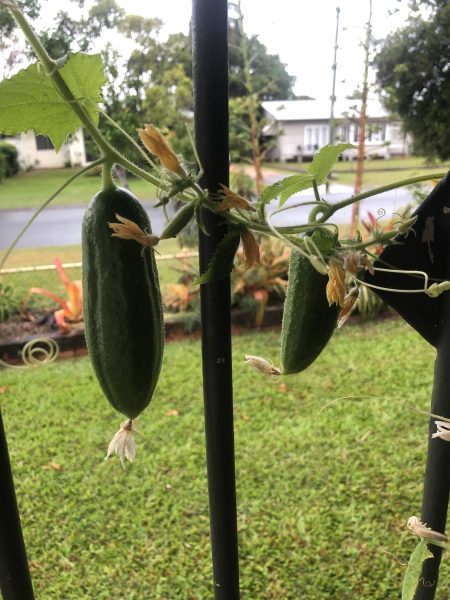The practice of container gardening is no new phenomenon. It has been around since the Ancient Egyptians, and the Romans, using terracotta pots to grow herbs and for ornamental purposes. Since then, container gardening has grown in popularity due to 21st-century challenges. Today, urbanisation, sustainability, and food security are the leading factors in why people are now becoming more interested in this historical practice. Nowadays, container gardening includes a myriad of types of containers, such as terracotta pots, plastic pots and planters, wooden planters, and fabric grow bags. In this article, self-watering containers will be the topic for discussion due to their ability to save time and prevent a common balcony gardener’s problem, making them the ideal planting containers for balcony gardeners.
Self-watering container design
The design of a self-watering container consists of a platform separating a large hollow space above from a smaller chamber below. This design ensures that the soil and plants remain above the body of water, which is in the smaller chamber below. The purpose of this function is for the water to make its way through the soil while excess water is collected in the chamber. The platform separating water from the soil and plant has a unique design that functions as a means for the plant’s roots to access the water. Depending on your budget, these designs can become much more functional and effective. Some self-watering containers have what is referred to as a wick or soil column, which draws water up from the chamber to the root zone, where roots are likely to be above the platform that separates the soil from the water.
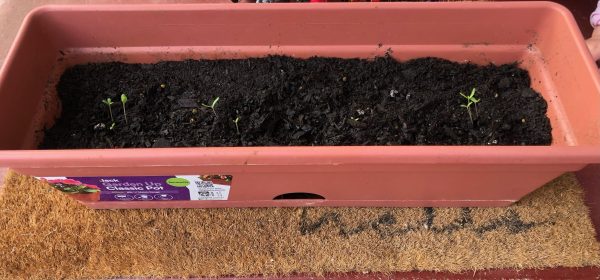
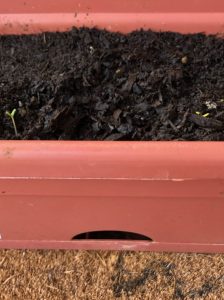
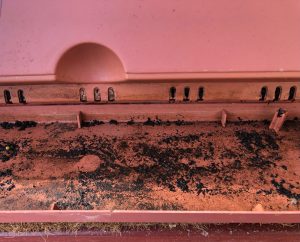
no more waterlogging
The final feature of the self-watering container design is the overflow hole that is placed slightly higher than the base of the chamber holding the water. This feature is to allow for excess water to escape, which is ideal for preventing plants from becoming waterlogged. Waterlogging can be a common issue for balcony gardeners because of the limited methods and equipment available for growing plants. Considering efficient water filtration for your plants is important in avoiding waterlogging, algae buildup, mould, and mosquito attraction.
saving you time
Understandably, selecting self-watering containers is a decision depending on the plants you are growing. I wouldn’t recommend using a self-watering container for plants that prefer drier soils, such as succulents. However, if you are growing plants that love moist soil, self-watering containers are perfect because of their ability to hold water, relieving you from watering your plants every day.
You will still need to monitor your plants as you would anyway, but you will have one less task to complete when doing your gardening routine, saving you some time.

